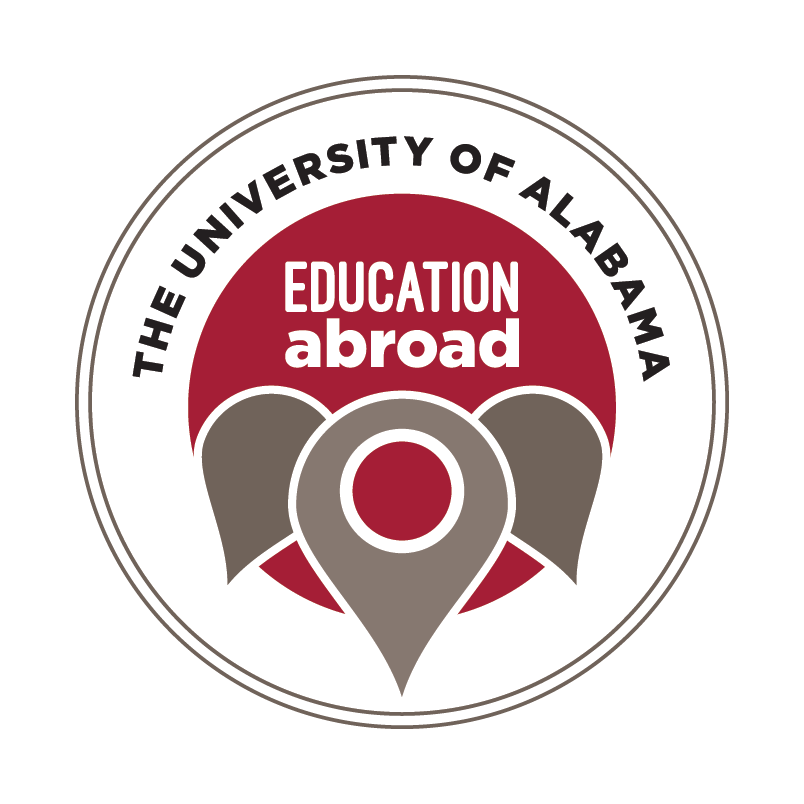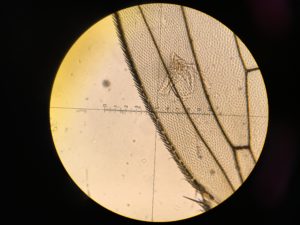In some ways, academics at the University of St Andrews is very different from the University of Alabama. I expected many of the obvious differences, such as new set of terminology: module instead of course, term instead of semester, or revising instead of studying. Unlike most courses at American undergraduate colleges, each module at St Andrews features several lecturers, as many as 8 or 10 in some, who each teach his or her own area of expertise or research topic. Although switching between lecturers every few lessons was disorientating at first, I do appreciate the advantages of getting to know more of the department staff, especially across several terms and even across different modules in the same term. Laboratory and lecture courses are divided here much as they are at home, but science lectures also incorporate several practical sessions, mini laboratory periods held outside of lecture time slots that focus on a particular lab technique or application of a concept taught in lecture. In addition, because the student body is much smaller at St Andrews, with 8,000 undergraduates compared to Alabama’s more than 33,000, lecture sizes, especially in later years, can be very small; my third-year Developmental Biology has only seven students, whereas my smallest class at Alabama, an upper level Honors seminar, had 14 students. I have found that the smaller class sizes, combined with interactive out-of-class lab exercises, promotes collaboration and camaraderie between students. Regardless of these differences, in my experience, the level of rigor in upper-level science courses is roughly equivalent at both universities. (Photo: Taken through the lens of a microscope during a Developmental Biology practical about mutations in genes that encode wing formation in Drosophila melanogaster, the common fruit fly).

